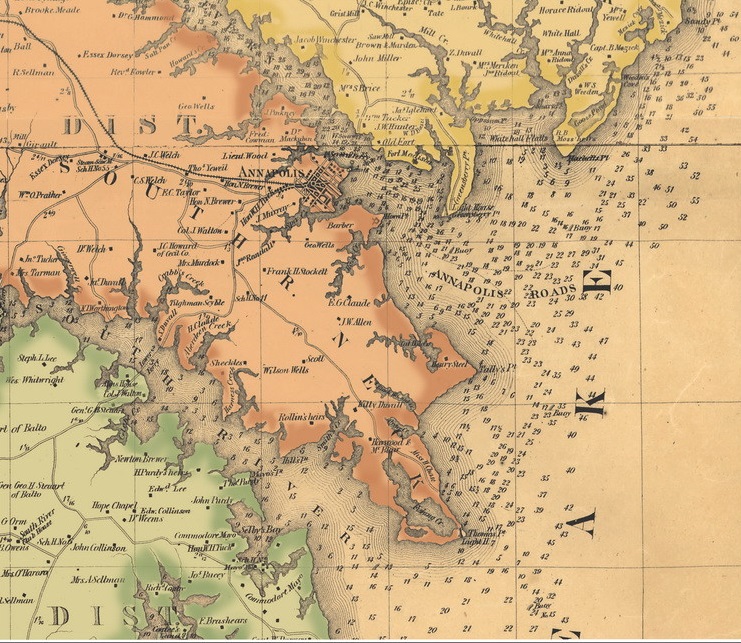It does seem that the Union leadership is really it's biggest weakness. Constantly shaking up their officer cadre, at least in the senior ranks, is going to only create confusion and loss of doctrinal knowledge, while the politically-charged appointments can only ever lead to more incompetent leaders while those who are passed over for nonsense reasons might grow disgruntled enough to consider that they might be on the wrong side.
What some few years of research has surprised me with is just how toxic the underlying political and personal currents were in the Army of the Potomac! It was at Confederate Western Theater levels in 1862-63, which was only ended when Meade was thrust into command before Gettysburg. There were schemes against McClellan, against Pope, against Burnside and even Hooker had some schemes going his way, but the army was as political a creature as it was a military one!
That in TTL's 1864 the command of the army is now an election issue means that those political currents are rearing their ugly heads directly! It's going to have an effect on the nominations from Cleveland, to Baltimore to Chicago!
The political allegiance of generals is suddenly very, very important.


